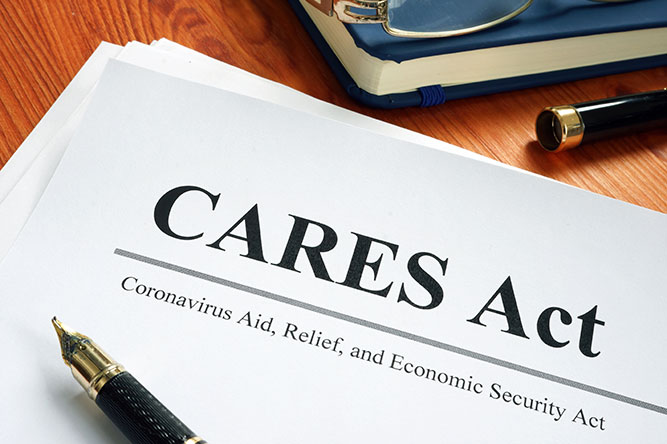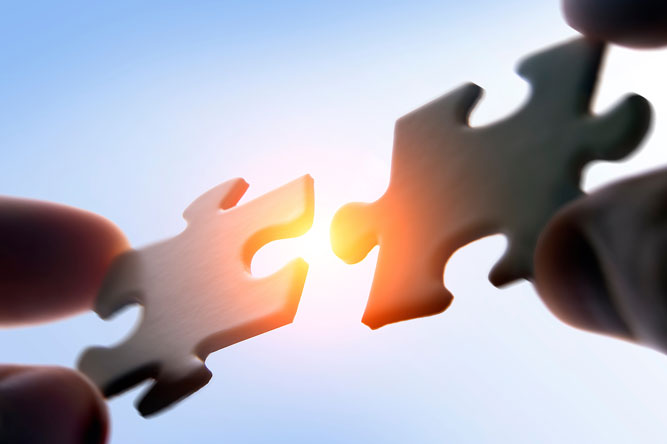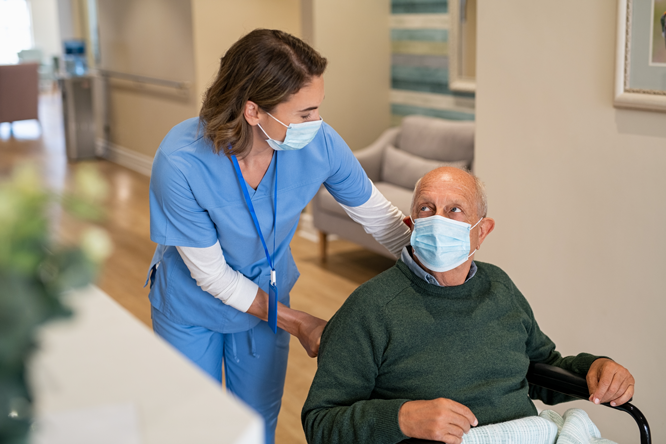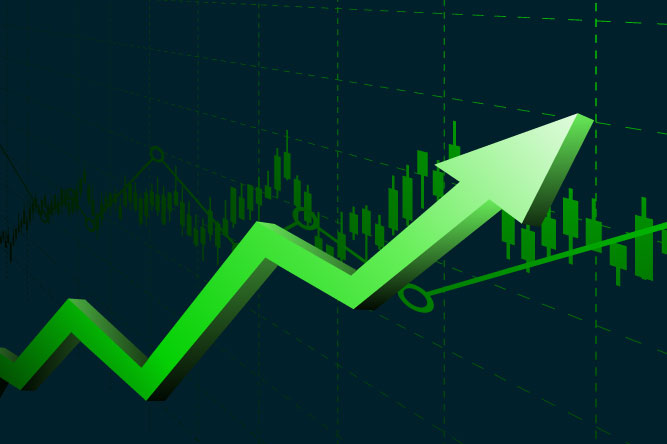
The Department of Health and Human Services (HHS) recently announced additional details on $2 billion in performance-based payments to nursing homes from the Provider Relief Fund authorized by the CARES Act. With this change, HHS has firmly shifted provider relief funding from a broad-based allocation strategy based on speed and ease of distribution to an outcome-based strategy based on facility performance in limiting coronavirus outbreaks and keeping mortality as low as possible. As relief funding tightens, long-term care providers will need to do everything in their power to maximize this funding in order to survive the ongoing challenges of reduced occupancy and increased operating costs under the COVID-19 pandemic. It is not possible to overstate the importance of this change in policy.
The good news is that there is increased understanding of the importance of asymptomatic spread of coronavirus, and we have new tools to assist in rapid testing. The bad news is that many facilities are already stressed to the max and have limits on staff availability, testing access and personal protective equipment (PPE). Managing outbreaks requires constant vigilance and superior execution.
What Are the Details of this Performance-based Funding Strategy?
Starting in September 2020, and going for the next four months (September–December) and one additional month (based on aggregate performance), HHS will distribute $400 million per month to nursing homes based on criteria described below and using preliminary data reported by nursing homes to the National Healthcare Safety Network (NHSN).
Eligibility for incentive-based payments will be based on two “gateway” metrics for each month of the program (known as a “performance period”):
- A facility must demonstrate a rate of COVID infections that is below the rate of infection in the county in which they are located. Residents admitted to the facility with COVID-19 are intended to be excluded from the calculation.
- Facilities must also have a COVID death rate that falls below a nationally established performance threshold for mortality among nursing home residents infected with COVID.
Once a facility passes the gateways for each monthly performance period, they become eligible for an allocation out of pools that will be created for the infection outbreak and mortality metrics. Eighty percent of the available funding will go to the infection outbreak pool, while 20 percent of the funding will go to the mortality measure pool. Even though the mortality funding is lower weighted, HHS notes the importance of mortality by stating: “Providers scoring below a threshold level of performance on the mortality measure will be deemed ineligible for payment in both the infection and mortality payment pools.”
Additionally, the mortality data will require specific follow-up to determine whether mortality was attributable to patients residing in the facility versus those patients that were admitted with COVID. There are some details awaiting clarification, including exactly how the mortality measure is calculated and whether it will be risk adjusted.
Below are the performance periods and the expected payout and audit dates. Each month is tested one at a time, but it is important to note there is a fifth performance period that is based on aggregate performance over the whole prior four-month period. This is intended to mitigate the effects of one bad month and provide an incentive for sustained performance.
| Performance Period | Tentative Payment Date | Tentative Audit Date |
| September 2020 | October 2020 | November 2020 |
| October 2020 | November 2020 | December 2020 |
| November 2020 | December 2020 | January 2021 |
| December 2020 | January 2021 | February 2021 |
| Aggregate | February 2021 | March 2021 |
Strategies for Success
Long-term care providers hardly need any more incentive to reduce outbreaks and mortality under COVID because they already face occupancy and cost pressures as well as staffing shortages. That said, here are some thoughts on how to succeed under this new payment approach:
- Check your data on NHSN. This will be the source of information to calculate performance levels for the gateway calculation. If the data was misreported or had errors, correct it as soon as possible.
- Understand the importance of asymptomatic spread. Carefully review recently issued Centers for Medicare & Medicaid Services (CMS) rules for COVID-19 testing and consider going beyond what is needed for minimum compliance with routine testing rules if COVID remains a risk in your area. Deploy rapid antigen tests (either machines provided by CMS or recently distributed BinaxNOW™ cards) in a strategic manner when timely polymerase chain reaction (PCR) tests are not available.[1],[2]
- Take all steps to enhance the integration of primary and long-term care. This can include enhanced rounding, maximizing telemedicine, using standing orders, deploying pulse oximeters and other technology, and having the ability to perform blood work as quickly as possible. Develop an in-depth understanding of the clinical profile of those most at risk of death under this pandemic and adjust operating practices accordingly.
- Most of all, practice superior infection control and effective cohorting. Hand hygiene and proper donning and doffing of PPE are just two of the common practices that have been cited by surveyors as infection control violations. Have an independent top-to-bottom review of your infection control practices performed if there are any doubts in your mind. Execute state-of-the-art disinfection procedures and explore emerging technologies to keep surfaces clean and minimize spread.
As Ben Franklin famously said, “an ounce of prevention is worth a pound of cure.” Never has this adage been more important than with COVID-19, which spreads easily through the air by asymptomatic people and can be lethal to a subset of the population.
HDG will be continuing to provide you with resources and strategies for success under coronavirus. For more information, please visit our website and contact us at info@hdgi1.com or 763.537.5700.
[1] BinaxNOW™ is a rapid antigen test for detecting active COVID-19 infections in just 15 minutes with no instrumentation. https://abbott.mediaroom.com/2020-08-26-Abbotts-Fast-5-15-Minute-Easy-to-Use-COVID-19-Antigen-Test-Receives-FDA-Emergency-Use-Authorization-Mobile-App-Displays-Test-Results-to-Help-Our-Return-to-Daily-Life-Ramping-Production-to-50-Million-Tests-a-Month
[2] Polymerase chain reaction (PCR) nasal swab test is used to diagnose the current presence of the virus but does not indicate whether a person was infected and has since recovered. https://www.medicaldevice-network.com/features/types-of-covid-19-test-antibody-pcr-antigen/












